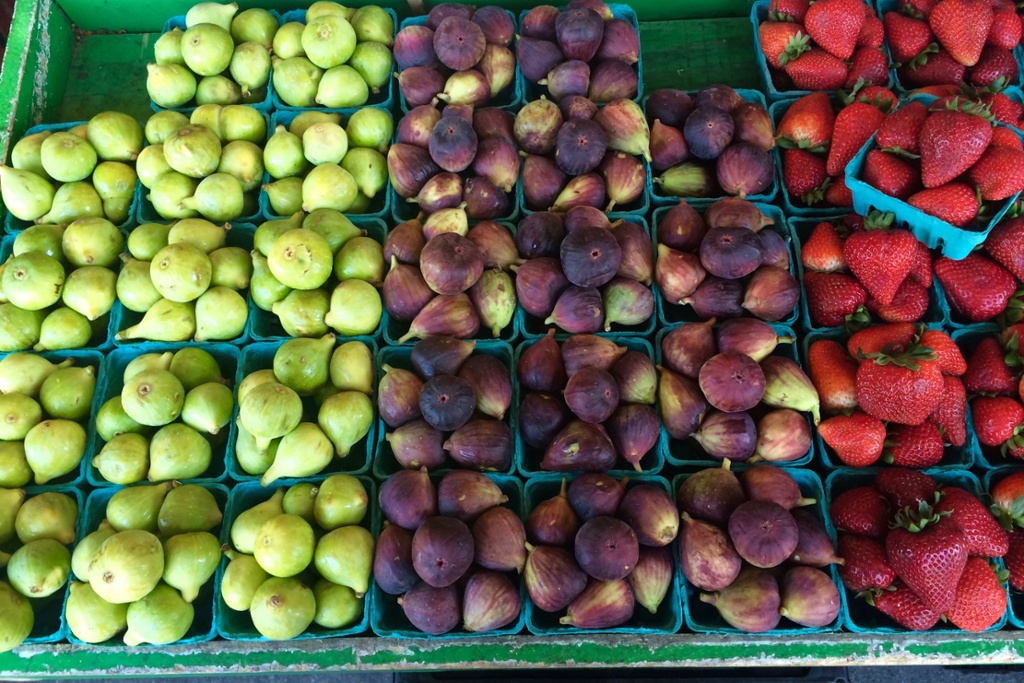Farmers markets were the first source of income for many of our grandparents and great-grandparents. After a long week of tending to fields, they’d pack up their pickup trucks and head down to the local market to sell their fresh fruits and vegetables.
In the past few years, however, the profitability of these markets has gone down.
When food became more industrialized after WWII, farmers markets became the true source of locally grown produce. Not only did they serve as a place to purchase local, seasonal produce, they became a meeting place for like-minded people who believed in nurturing local agriculture.
HOW FARMERS MARKETS ARE CHANGING
In the past ten years or so, the demographic of people patroning farmers markets has shifted. The people going to them are much younger, and typically they are not interested in buying ingredients. They want to buy food. And as the markets have tried to meet this demand, we’ve seen an inclusion of locally made foods and beverages, prepared meals, a variety of local wares and more.
One could even argue that farmers markets have become a blend of a flea and farmer’s markets, as market managers struggle to meet consumer demands while protecting the profitability of their vendors. Additionally, farmers markets face greater competition from retailers like Whole Foods Market, who have a consistent supply of local produce, as well as online grocery-delivery services, such as AmazonFresh.
In an article published by the Washington Post, one agriculture business owner reports that his annual farmers-market sales have dropped $50,000 compared to sales in the late 2000s.
So what do growers do to continue to monetize on farmers markets? The same Washington Post article argues that better marketing might help. One farm found that a colorful, well-stocked stand as well as informative signs significantly increased sales.

NEW BUSINESS OPPORTUNITIES
Apart from farmers markets, there are many other business avenues growers can take to increase their local business. Growing Produce recently asked a sample of growers, “Which of these businesses would you like to increase?” Their answers may inspire you:
- Wholesale—26.5%
- On-Site Market—54.6%
- Off-Site Farmers Markets—22.4%
- Online or E-commerce Sales—26.5%
- Mail Order Catalogs—4.8%
- Restaurants—38.1%
- Local Schools—24.5%
- Local Grocery Stores—27.9%
- Other (please specify)—19.0%
Among these items, there are a few that stand out to us: on-site markets and online sales, and restaurant sales.
On-Site Markets and Online Sales
Consumers increasingly want to know where their food comes from. Eliminating the middleman is the easiest way to do this, but oftentimes consumers are unaware of how easy it is to get local produce. A traditional farmers market was (and still is, in most cases) the easiest way to get local produce, but as discussed above, the addition of other businesses increases competition and distracts patrons from the true purpose of the market.
LEARN MORE ABOUT GETTING YOUR AGRIBUSINESS FOUND ON THE WEB.
Opening a market on-site or optimizing your website for e-commerce might not be able to replace your weekly visit to the farmers market, but it is a step toward creating a local, loyal customer base.
Restaurant Sales
The Washington Post article referenced above ends with this potential business avenue—restaurants. A growing number of restaurants (not just high-end farm-to-table) desire locally sourced produce. Forming a relationship with the manager or chef of a restaurant is a great way to make up for lost farmers-market sales, as many of the people who are not buying produce are likely spending those dollars at restaurants.
Highland Precision Ag is not only dedicated to helping agriculture business owners increase their harvest—we’re dedicated to helping growers further all aspects of their businesses. For more information about Highland’s services, visit our website or contact us online today.